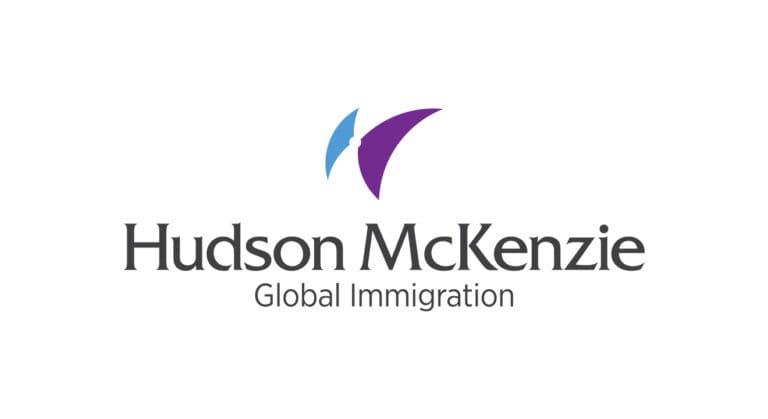Why Global insurance firms are betting on saudi arabia
Executive Summary
Saudi Arabia’s insurance market stands at an inflection point, with gross written premiums reaching SAR 65.5 billion ($17.5 billion) in 2023 and projections targeting SAR 105.3 billion by 2029. This represents an 8.9 per cent compound annual growth rate that significantly outpaces most global markets. The convergence of regulatory modernisation through the unified Insurance Authority, Vision 2030’s trillion-dollar infrastructure programme, and successful workforce localisation creates unprecedented opportunities for international insurers.
Key findings indicate that the Kingdom’s insurance penetration at 1.6 to 1.7 per cent of GDP remains well below global averages of 7 per cent, suggesting decades of growth potential. The mandatory 30 per cent local reinsurance cession requirement, effective January 2025, creates structured partnership opportunities rather than market barriers. Digital transformation through the NPHIES platform has processed over 130 million insurance transactions, demonstrating technological readiness for scaled operations. Climate risks, with temperatures rising 2.1°C since 1979 and annual sandstorm costs of $13 billion regionally, drive demand for innovative insurance products.
Howden’s June 2025 entry through its reinsurance broking license positions the firm to capture market share in this rapidly evolving sector. The appointment of Motaz Bukhari as CEO, bringing twelve years of regional expertise, exemplifies the strategic approach of combining global capabilities with local knowledge. International firms including Willis Towers Watson (October 2024 entry), Aon (operating since 1979), and Marsh McLennan demonstrate intense competition for market position.
Strategic recommendations for market entrants include prioritising partnership models over wholly-owned subsidiaries to navigate cultural and regulatory complexity, investing heavily in local talent development to meet 100 per cent Saudisation requirements for sales roles, leveraging technology platforms to achieve operational efficiency in a price-competitive environment, and developing specialised products for giga-projects and climate risks where technical expertise commands premium pricing. The current regulatory environment, government support, and infrastructure investment create a unique window of opportunity that rewards decisive action and long-term commitment.
To read the full paper, download the PDF below.





